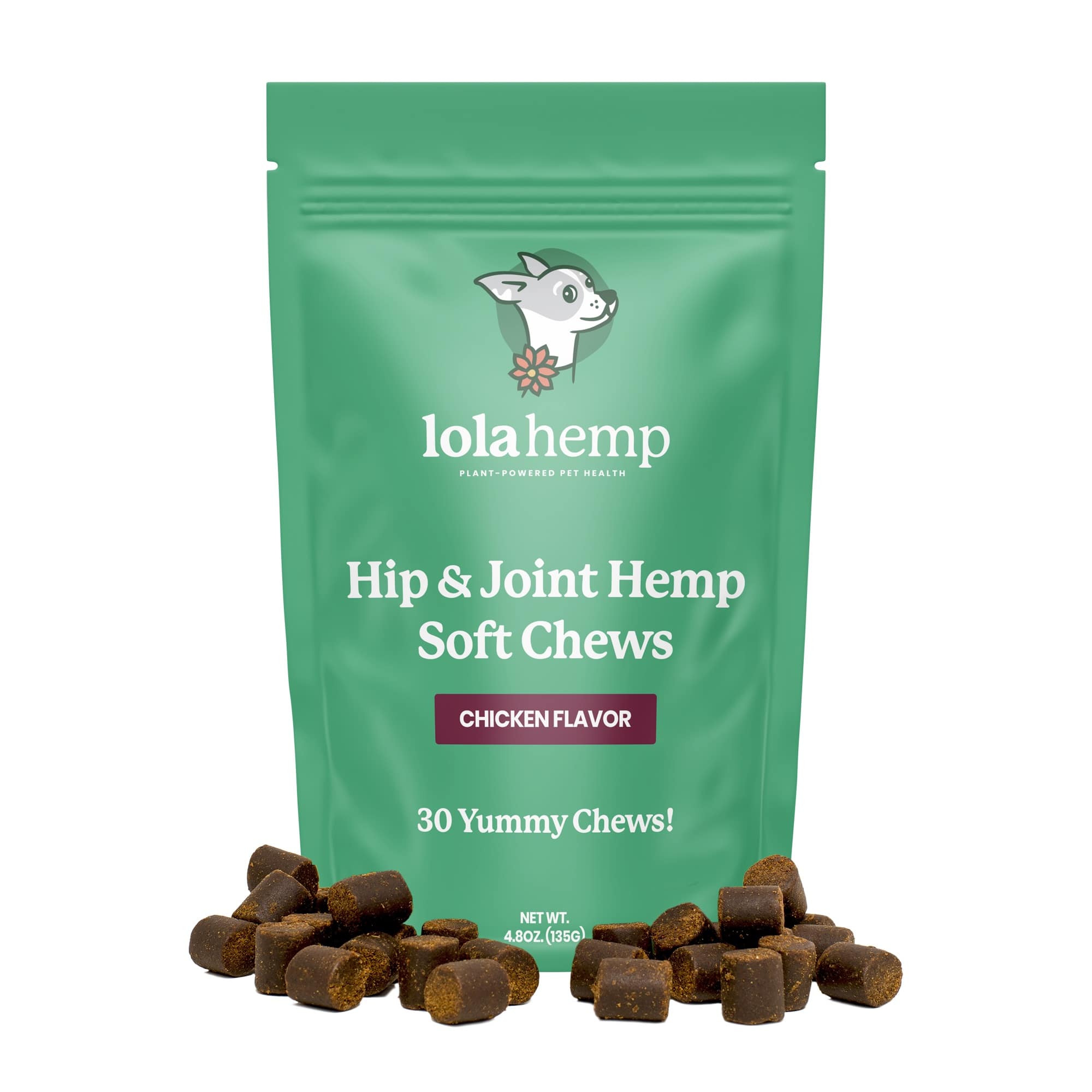The Sloughi is one of the oldest and most enigmatic dog breeds still around today. With a smooth coat, slender build, and quiet demeanor, this North African sighthound was bred thousands of years ago for speed, stamina, and loyalty in some of the world’s harshest environments.
Sighthounds are those bred to track and chase animals based on site; they need to have incredible speed and focus to be effective at their jobs.
Even among sighthound enthusiasts, this breed tends to fly under the radar—often confused with the Saluki or Greyhound, but with a distinct history and temperament all its own.
This guide will walk you through what makes the Sloughi so unique, including its origins, personality, physical traits, and whether this elegant hunter fits your lifestyle.
Breed History and North African Origins
The Sloughi (pronounced SLOO-ghee) originates from North Africa—primarily Morocco, Algeria, Tunisia, and Libya—where it was developed by the Berber people and Bedouin tribes to hunt game in arid, desert regions.
They were used to pursue gazelle, hare, foxes, wild boar, and jackal. The breed’s keen eyesight, incredible speed, and silent tracking ability made it highly valued among nomadic and rural communities.
Unlike many European breeds, the Sloughi wasn’t historically kept in kennels. It lived closely with families, slept in tents, and was treated as a treasured companion—sometimes even adorned with amulets or decorations to reflect its status.
As a result, this dog has wonderful traits that make them family dogs. They were bred to live side-by-side with their owners over thousands of years, and it shows.

Sloughis are recognized by the Fédération Cynologique Internationale (FCI), and more recently by the American Kennel Club (AKC), though they remain incredibly rare in the United States.
Temperament and Personality Traits
Sloughis are often described as “aloof but devoted.” They form deep bonds with their family but tend to be reserved, cautious, and wary of strangers. This could be from their breeding history, keeping close contact with their group of people and not always knowing the people who passing by.
They are quiet dogs—not prone to barking—and may be timid or even skittish if not properly socialized early. Their sensitivity makes them gentle in the home but can also mean they react poorly to chaos, unpredictability, or harsh discipline.
In stressful environments they might shut down a little bit or cower, as they're not the most emotionally resilient dogs. If you have a stressful or chaotic household, the Sloughi may not be the best choice as a pet.
Key temperament notes:
- Extremely loyal – They often attach themselves to one or two people and may ignore everyone else.
- Independent but not stubborn – They’re not pushovers, but they don’t challenge their owners aggressively.
- Not suited to loud or high-energy homes – These are calm, observant dogs who thrive on stability and routine.
Some Sloughis raised with other pets coexist peacefully, but due to their strong prey drive, cats and small animals are usually not safe unless introduced very early and carefully managed.
The ability to live with smaller animals (apart from dogs) will vary on an individual basis.
Physical Characteristics
The Sloughi is a true endurance athlete—lean, long-legged, and elegant without being fragile. Males usually stand 26 to 29 inches tall and weigh 50 to 65 pounds. Females are slightly smaller.
Their coat is short, smooth, and dense, typically in shades of sand, fawn, red, or brindle—sometimes with a black mask or minimal markings. Unlike the Saluki, the Sloughi has no feathering on its ears, legs, or tail.
Their eyes are large and expressive, and their gait is smooth and efficient. Built for high speeds across open terrain, these dogs need ample physical activity to stay happy.
Training a Sloughi: What Works and What Doesn’t
Sloughis are smart, but they’re not people-pleasers. Training takes finesse—too firm and they shut down, too lax and they’ll do their own thing.
They do best with gentle, reward-based training that respects their intelligence and sensitivity. Avoid repetitive drills or harsh corrections. Sloughis will remember negative experiences and may become avoidant or uncooperative.
Note that Sloughis may not be the best dogs if you're looking to implement a lot of strict training. These are wonderful dogs by nature, and they can be excellent companions with minimal training. At the same time, you may not be getting them to jump through hoops or standing on two legs.
Examples of training success:
- Clicker training combined with high-value treats
- Quiet, distraction-free environments during early sessions
- Confidence-building exercises (e.g., agility tunnels, light scent work)
Recall is difficult to master, especially outdoors. If a Sloughi sees prey, they will chase—and you will not catch them. Off-leash activity should be limited to fenced areas.
Be very careful in open spaces. Remember that these dogs were bred to out-sprint fast wild animals and catch them.

Exercise and Stimulation Requirements
Sloughis aren’t hyperactive, but they do need room to run and burn energy daily. Think of them as sprinters rather than marathoners—short, intense bursts of running followed by long naps.
Without regular exercise, they may become anxious, bored, or destructive. Ideally, they should have access to a large, securely fenced yard or daily off-leash runs in a secure field.
Good outlets include:
- Zoomies in a private field or lure coursing events
- Leashed hikes or structured long walks
- Interactive toys and mental puzzles at home
They aren’t a great fit for apartment life unless you’re fully committed to consistent daily enrichment and have a quiet environment.
Grooming and Care
Low maintenance is one of the Sloughi’s biggest perks. Their coat is virtually self-cleaning, with minimal odor and very little shedding.
Weekly brushing with a soft mitt or hound glove is all that’s needed. Bathe only when necessary, and keep nails trimmed—especially if your Sloughi doesn’t run on rough ground often.
Because of their lean build and thin skin, they’re more sensitive to cold weather. In colder climates, you’ll likely need a dog coat during winter walks.
Health Considerations and Genetic Factors
Sloughis are generally a healthy breed, but due to their rarity and small breeding pool, responsible sourcing is critical.
Known concerns include:
- Progressive Retinal Atrophy (PRA): An inherited eye disease that leads to blindness. Genetic testing is available.
- Anesthesia Sensitivity: Like other sighthounds, they have low body fat and may react poorly to standard anesthesia doses.
- Autoimmune issues: Some anecdotal reports of autoimmune skin or GI disorders exist, but prevalence is unclear due to low sample size.
Routine vet care, bloodwork, and vaccinations are important—but always make sure your vet knows you have a sighthound, as they metabolize medications differently than other breeds.
Is the Sloughi the Right Dog for You?
The Sloughi is not a mainstream pet—and that’s part of its appeal. But with rarity comes responsibility.
If you’re looking for a calm, elegant, loyal companion who doesn’t demand constant attention, the Sloughi could be a perfect fit. They’re quiet, dignified, and deeply connected to their people.
But they’re also sensitive, prey-driven, and don’t adapt well to chaotic environments. They require patience, respect, and thoughtful training—not heavy-handed dominance or high-stimulation households.
If you can provide the space, stability, and gentle guidance they need, a Sloughi might just become one of the most soulful and rewarding dogs you’ve ever known.









